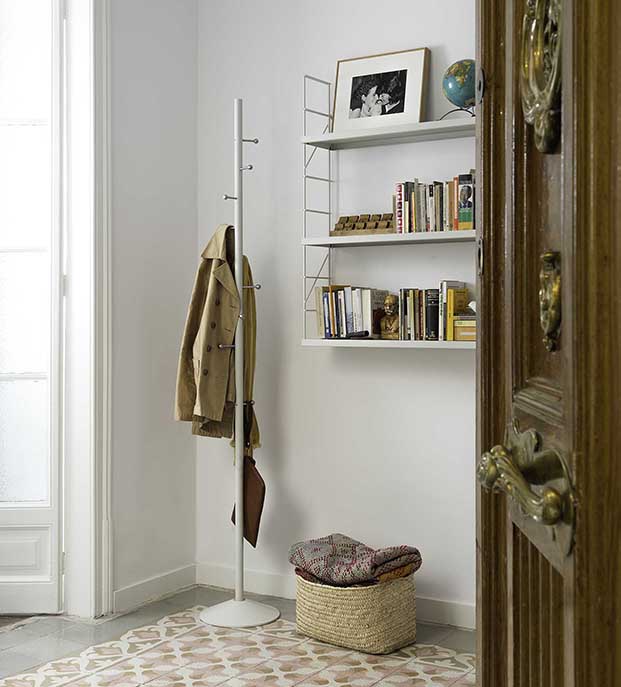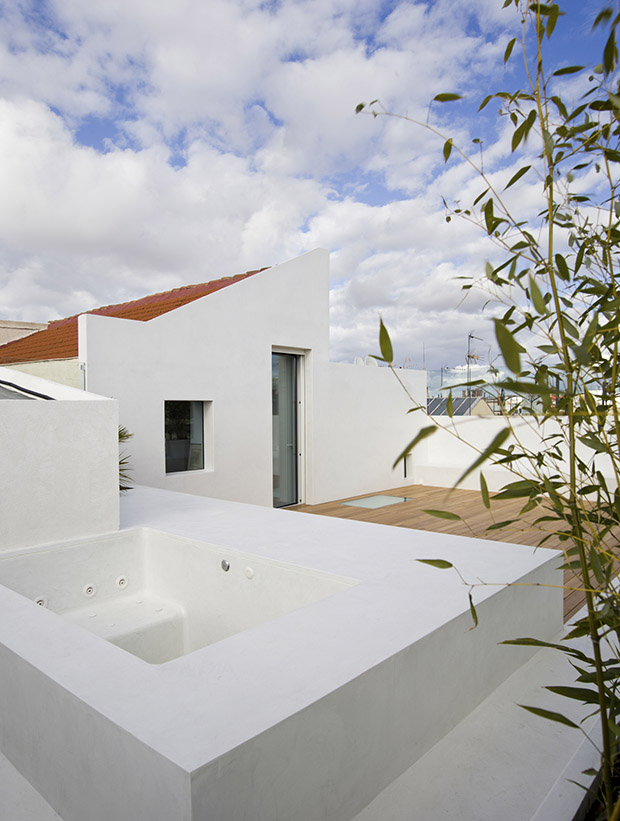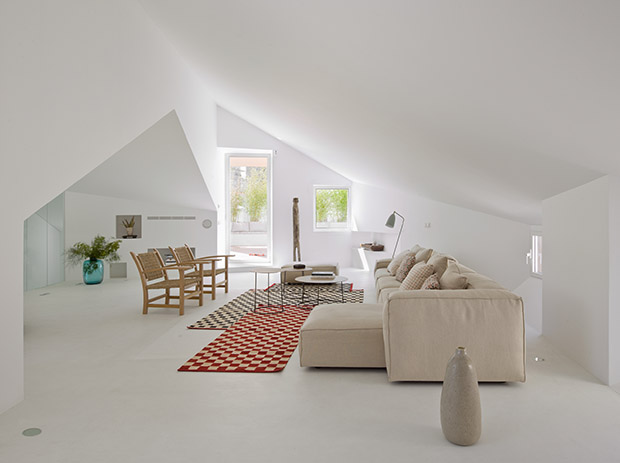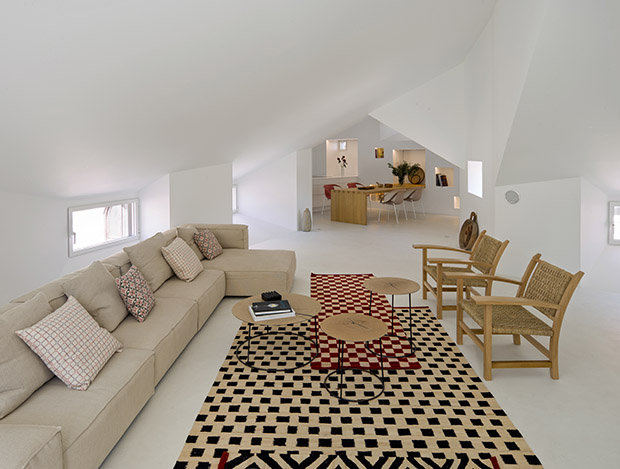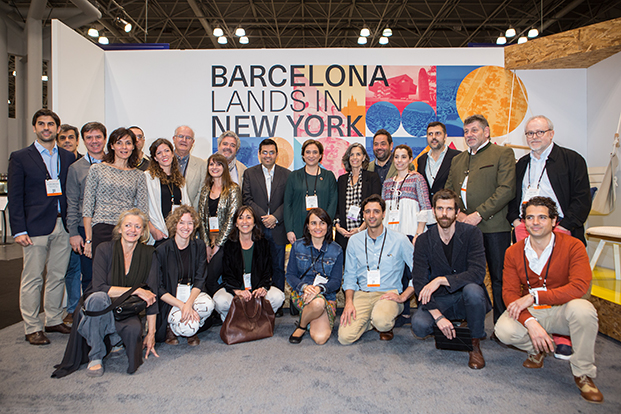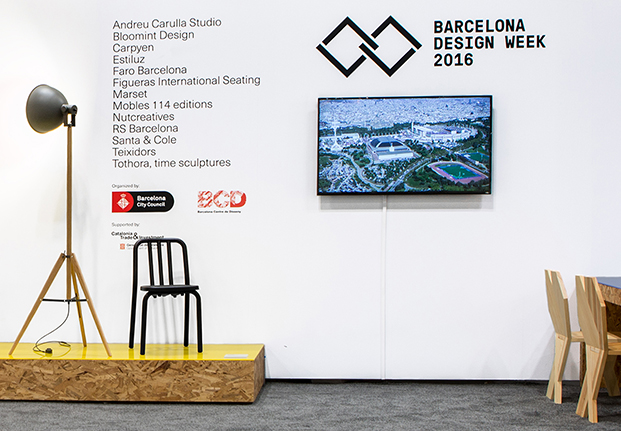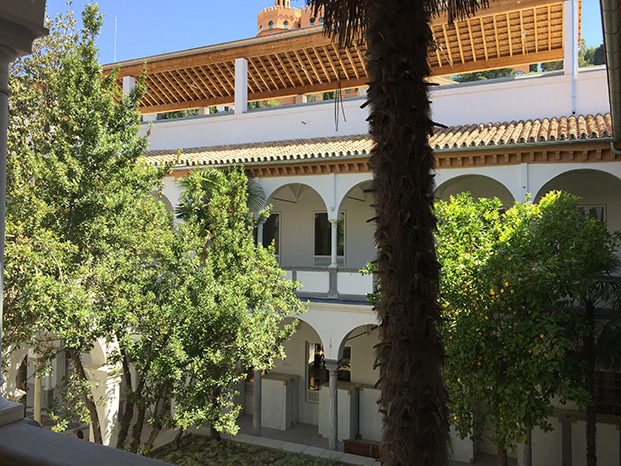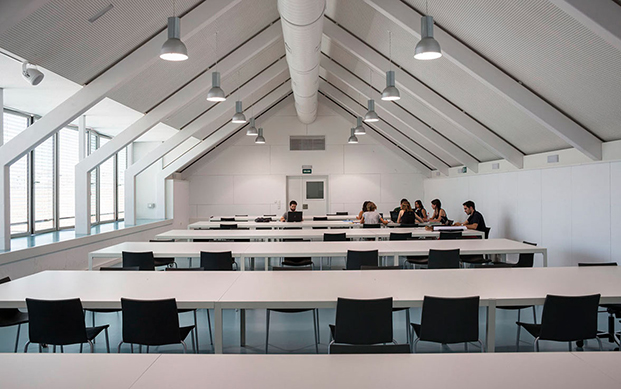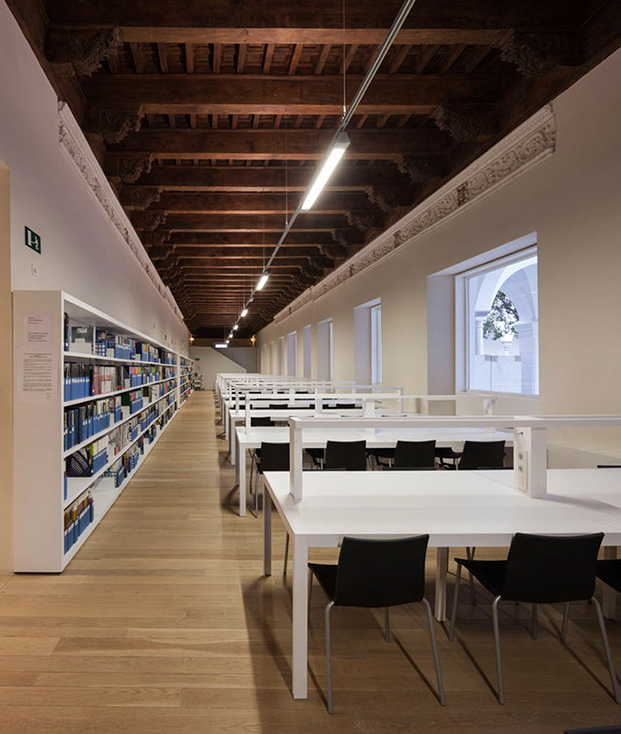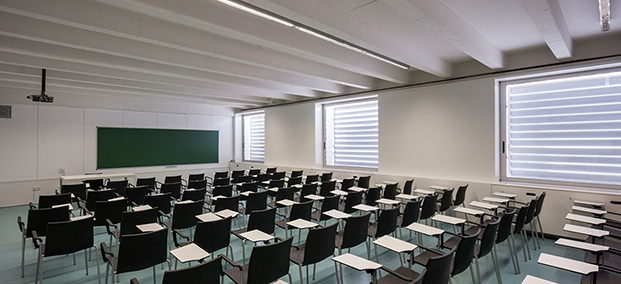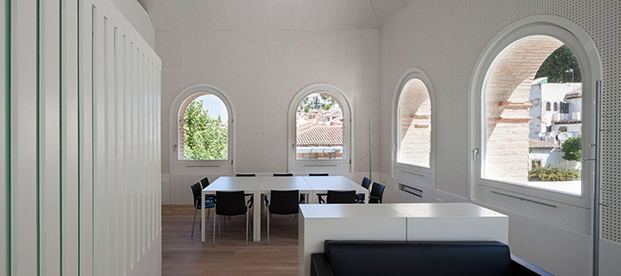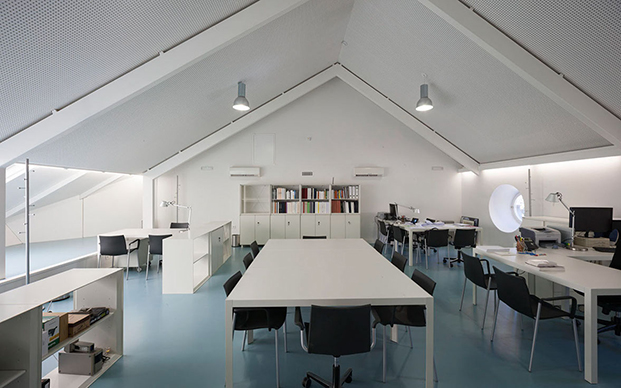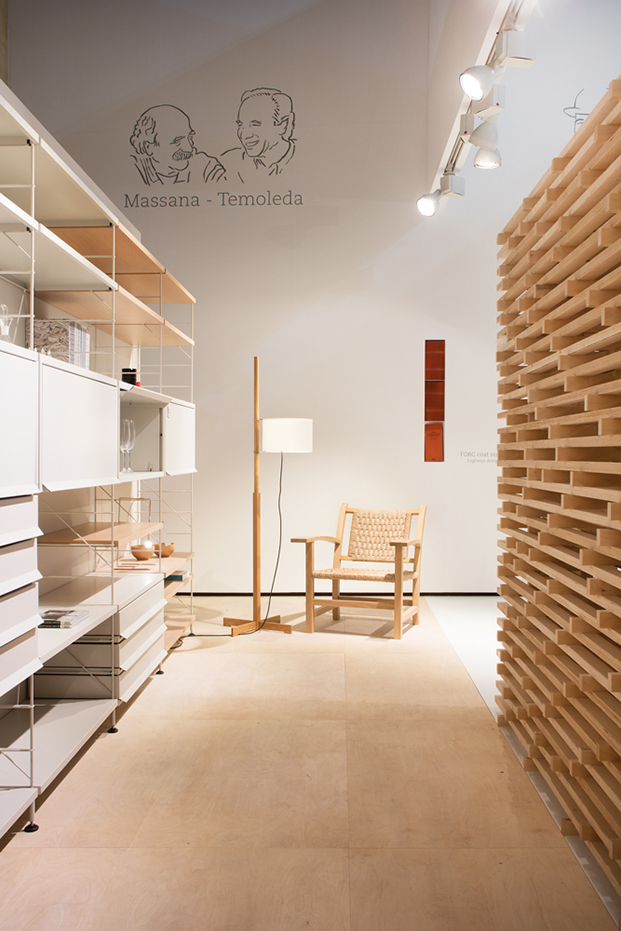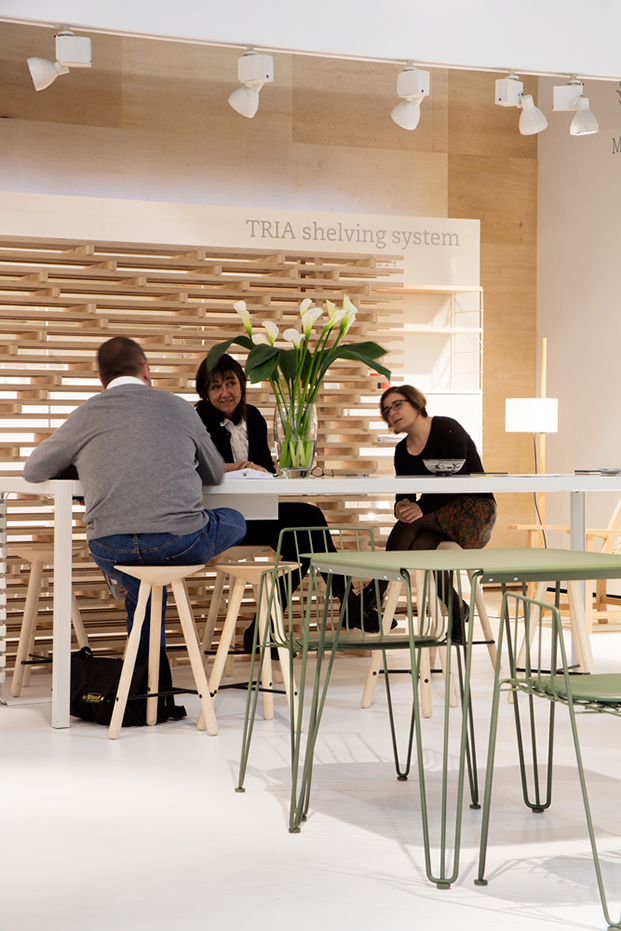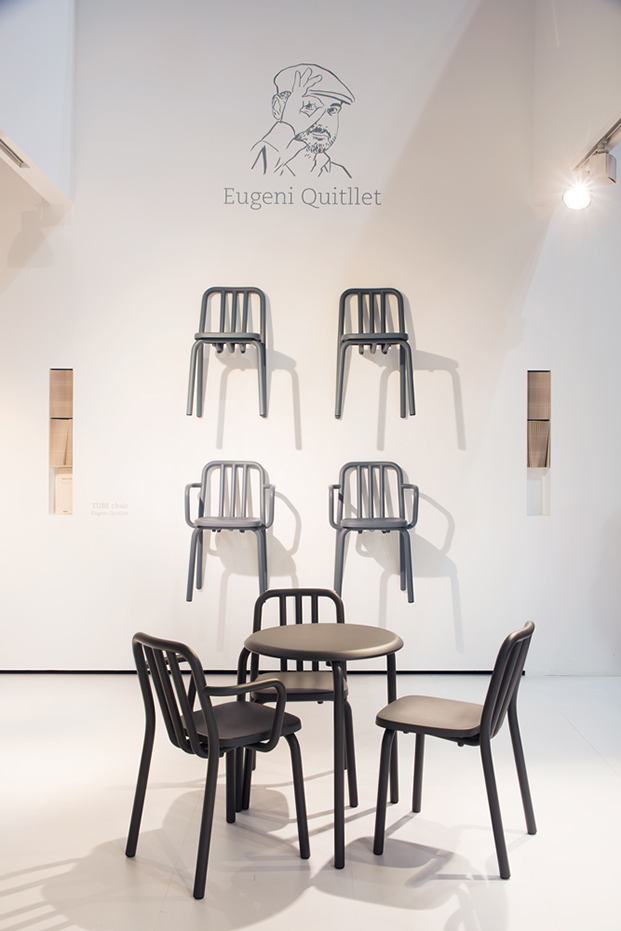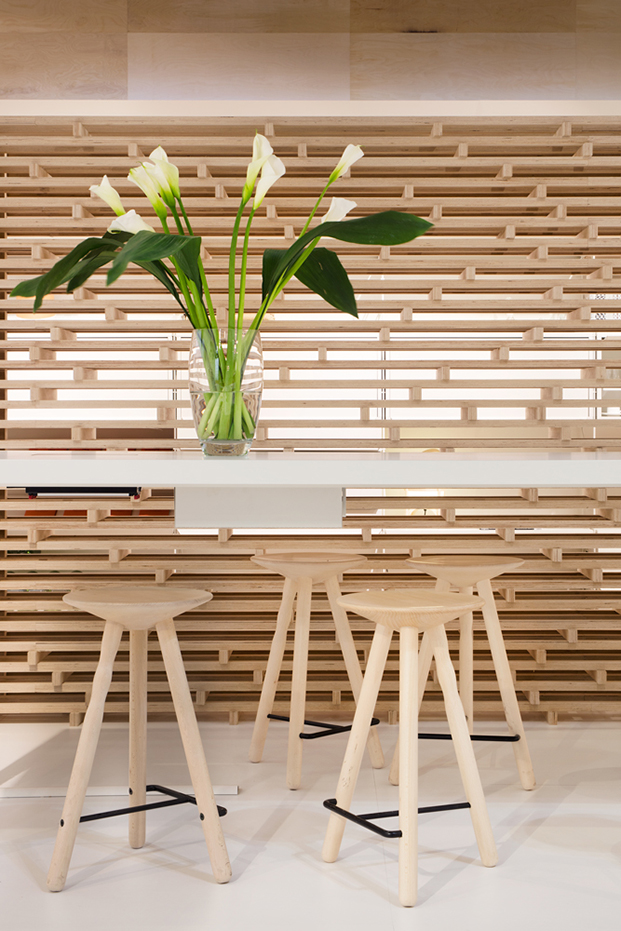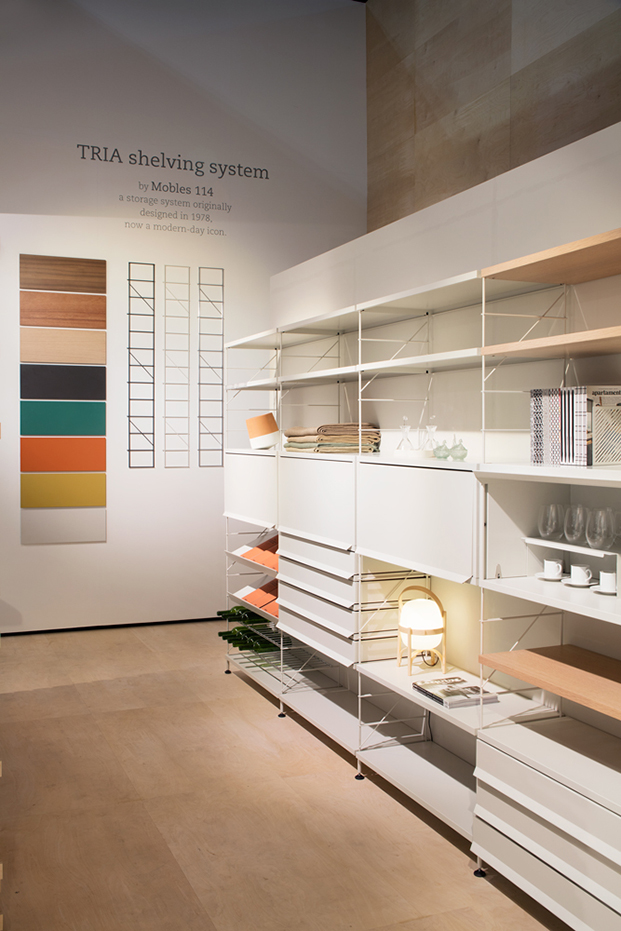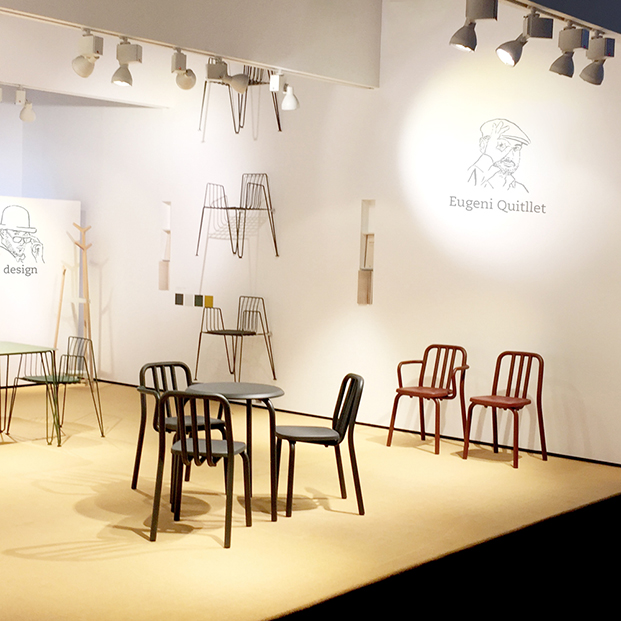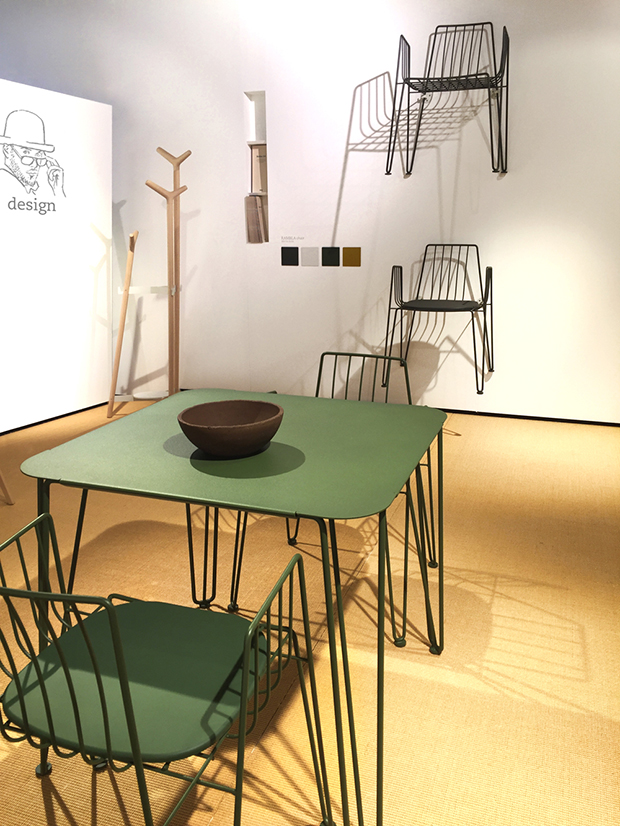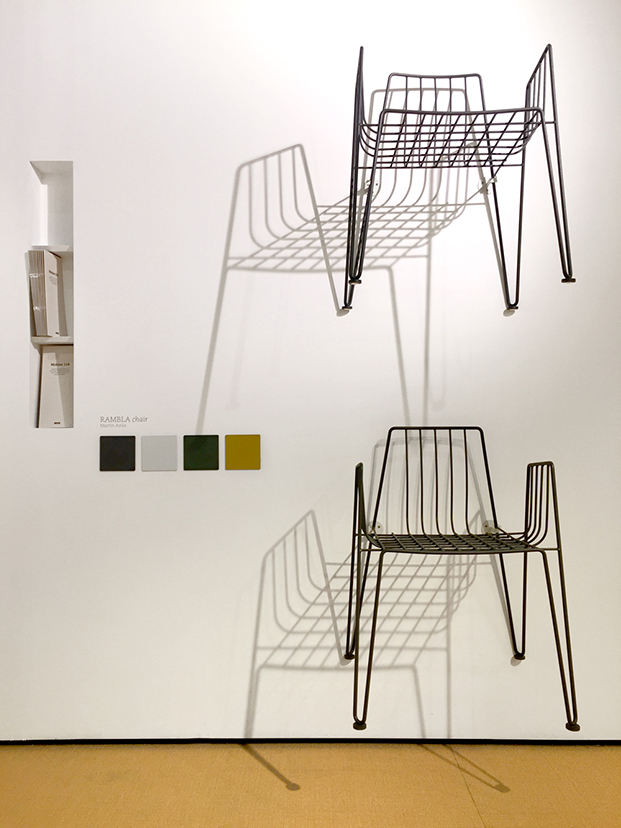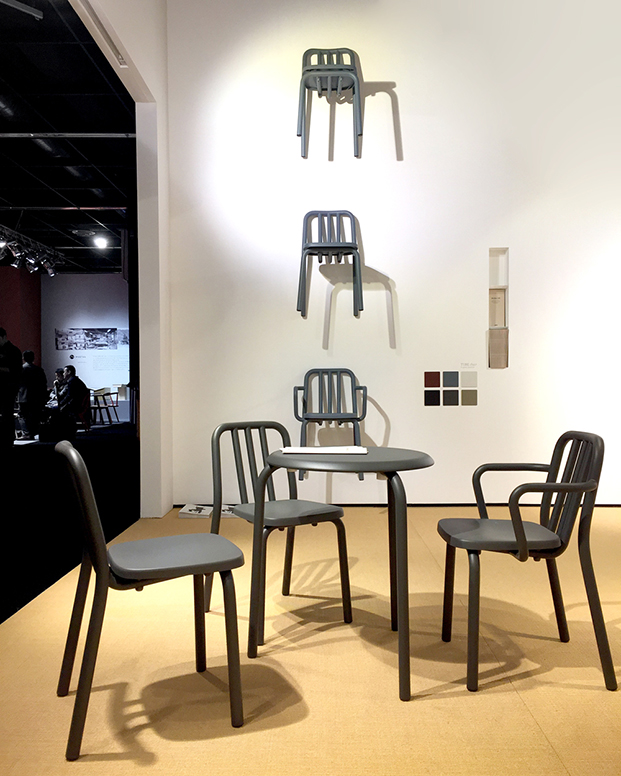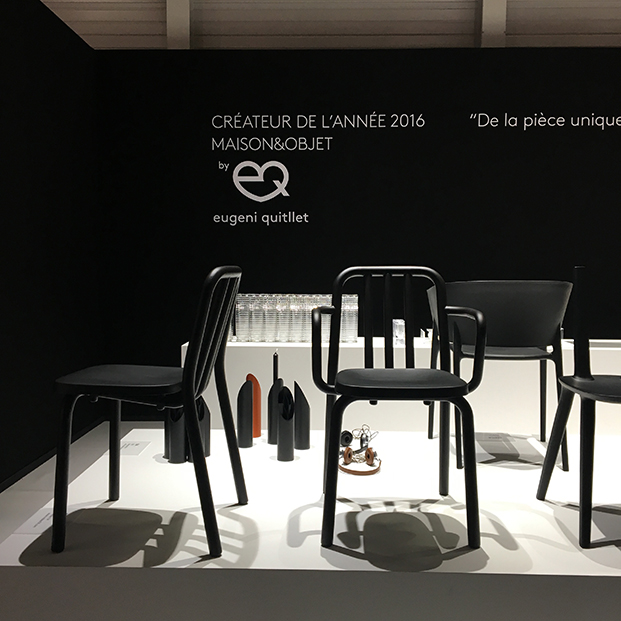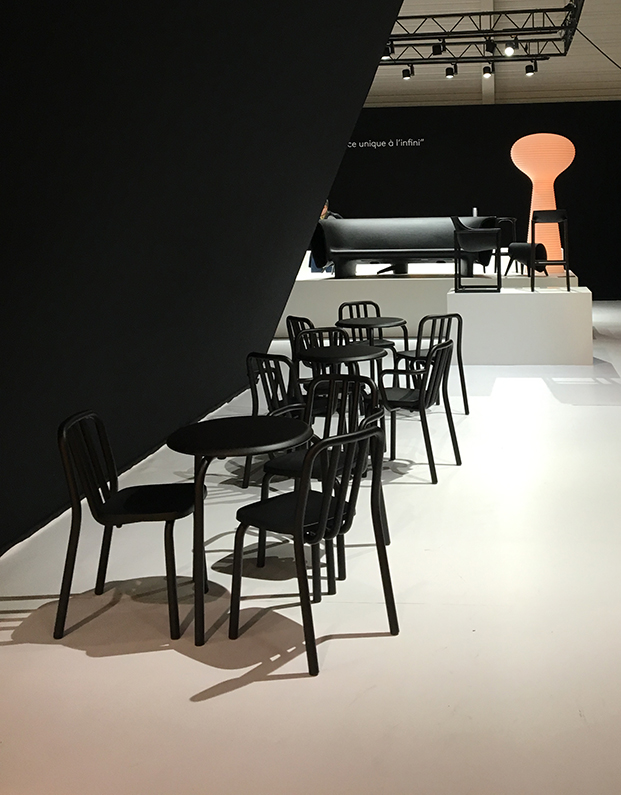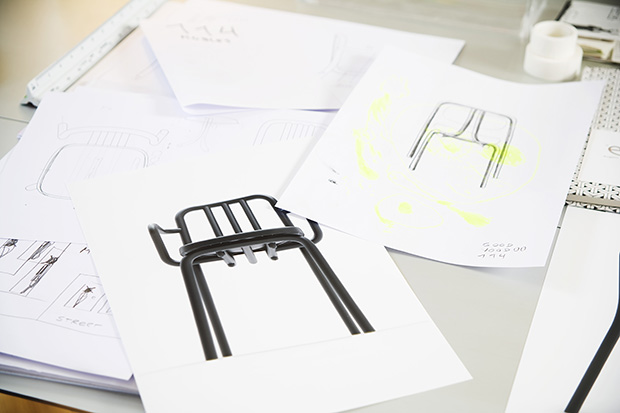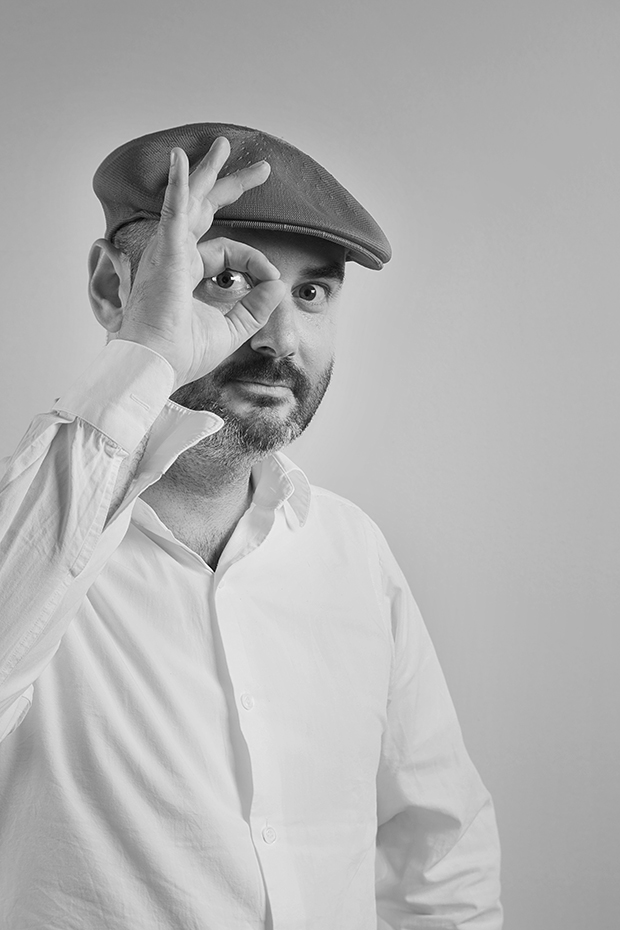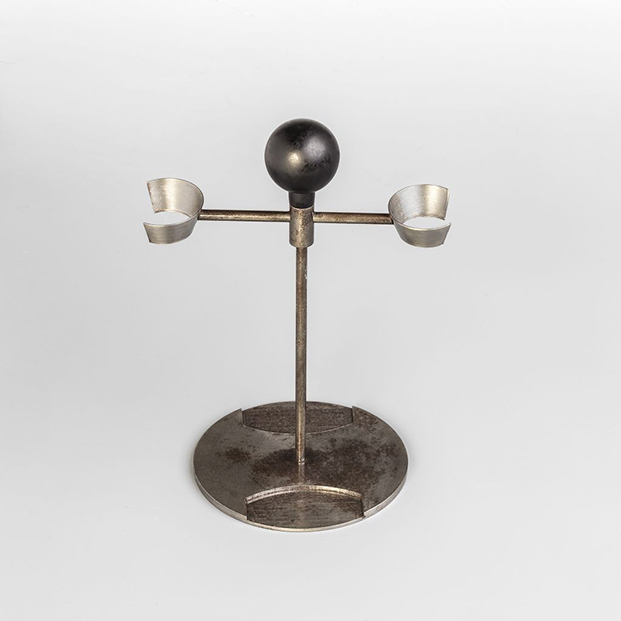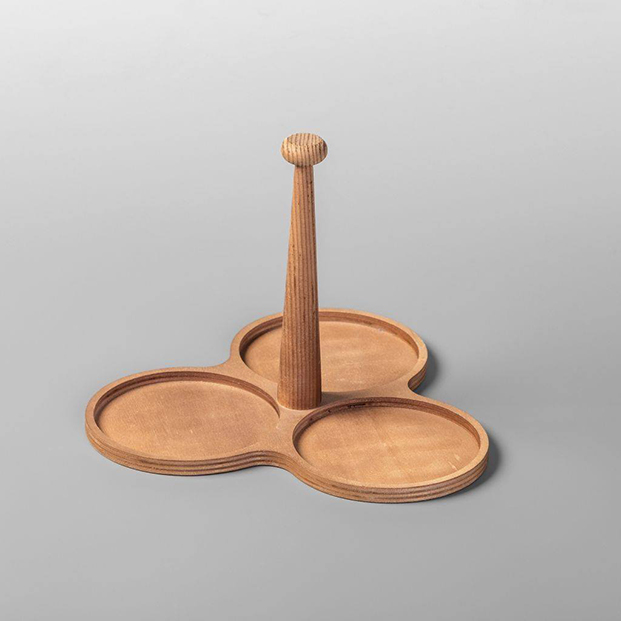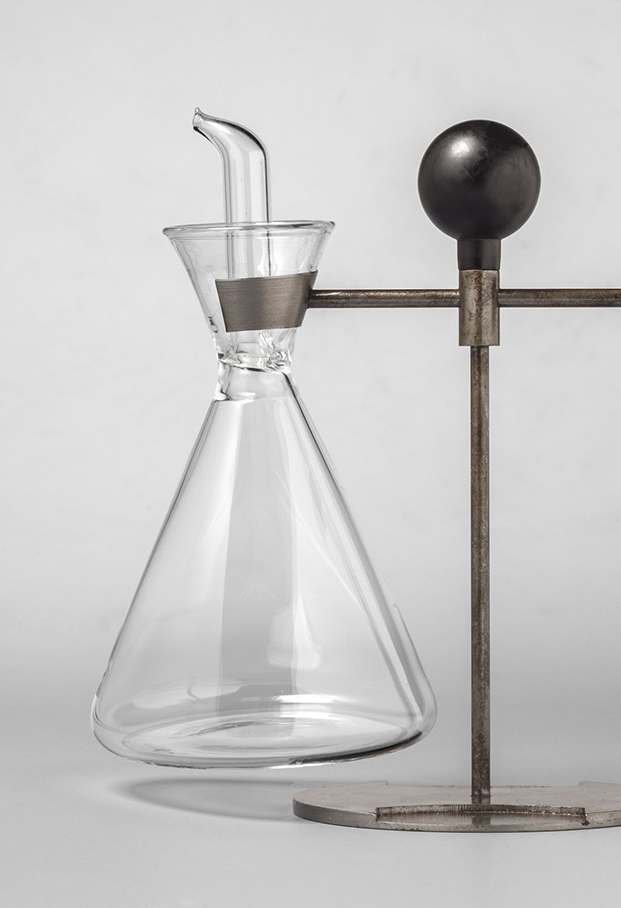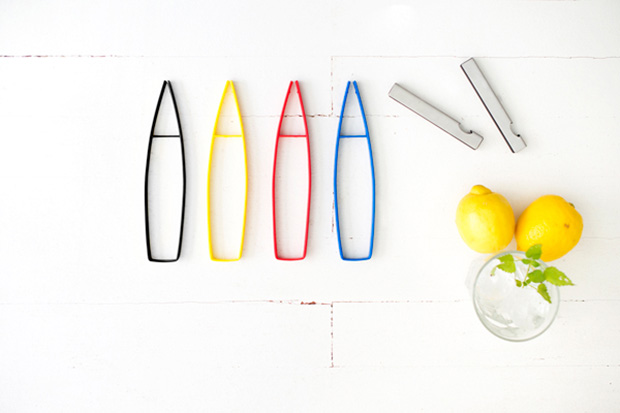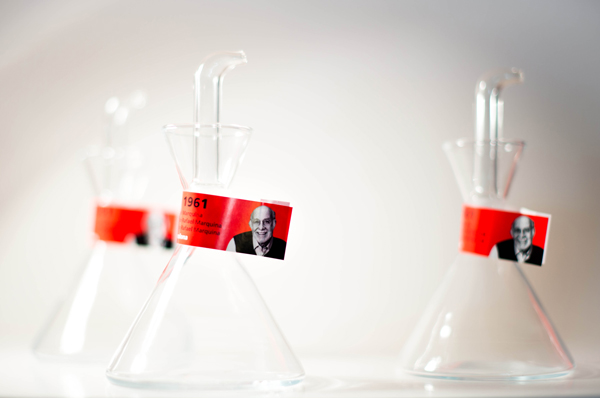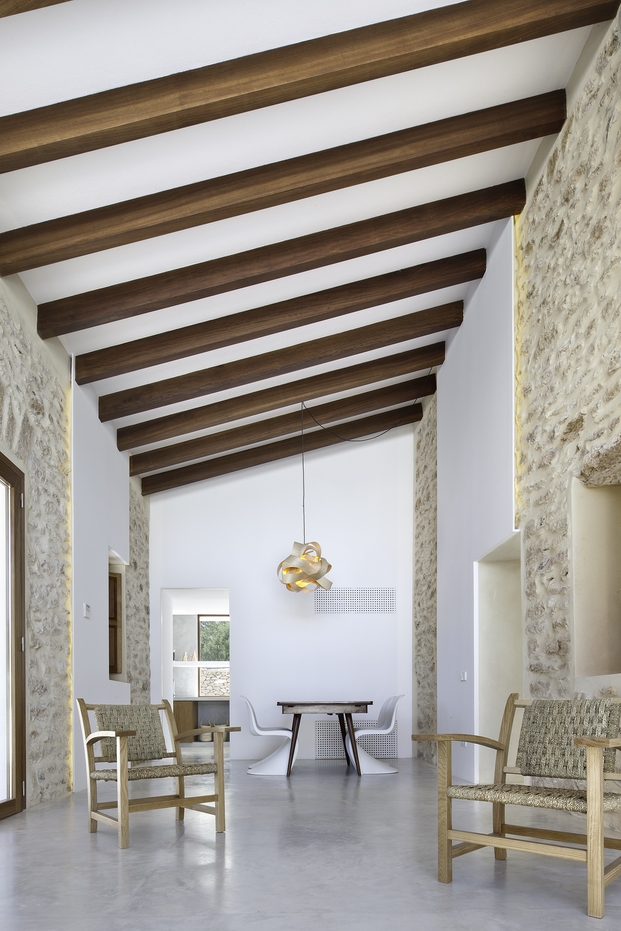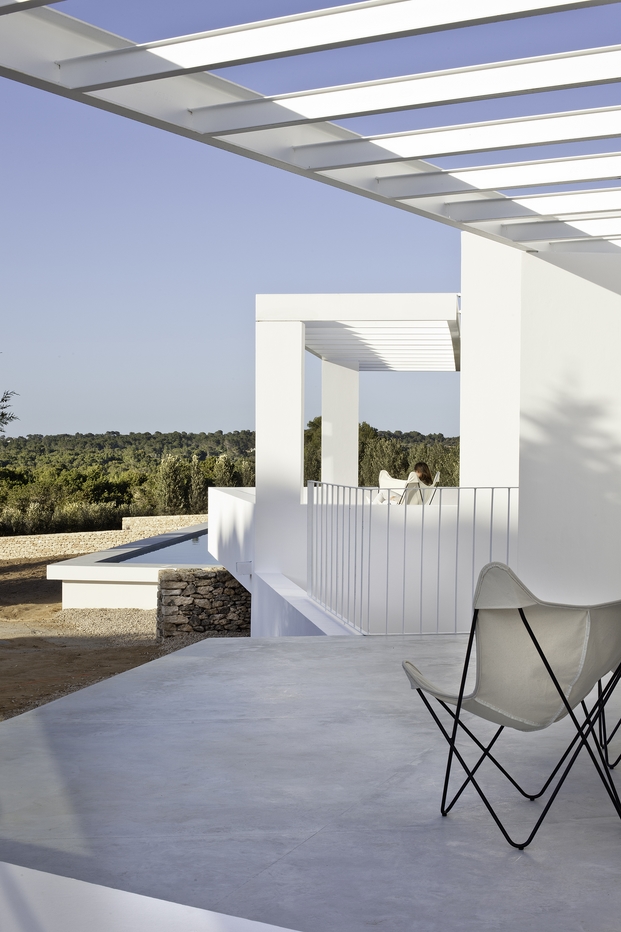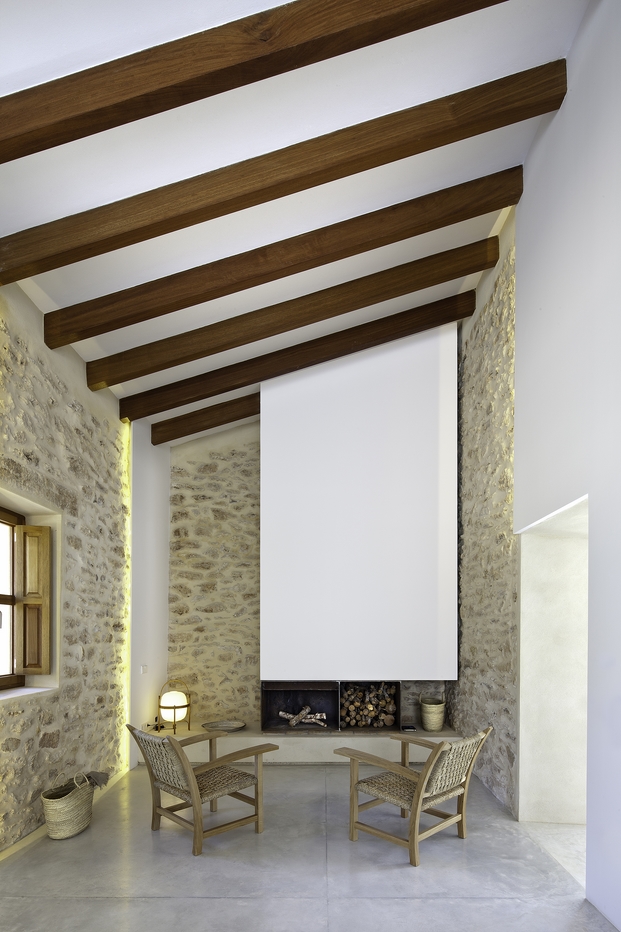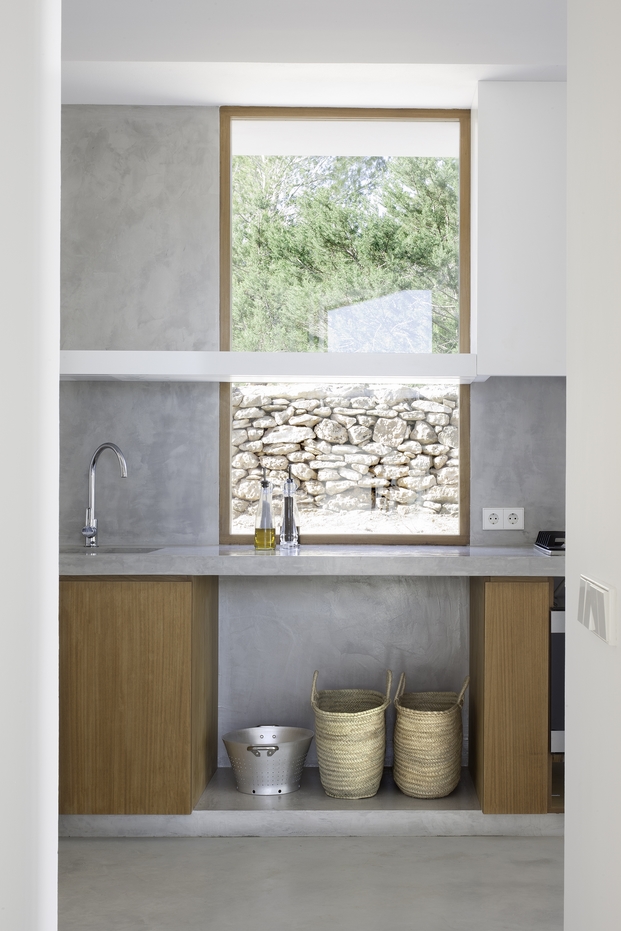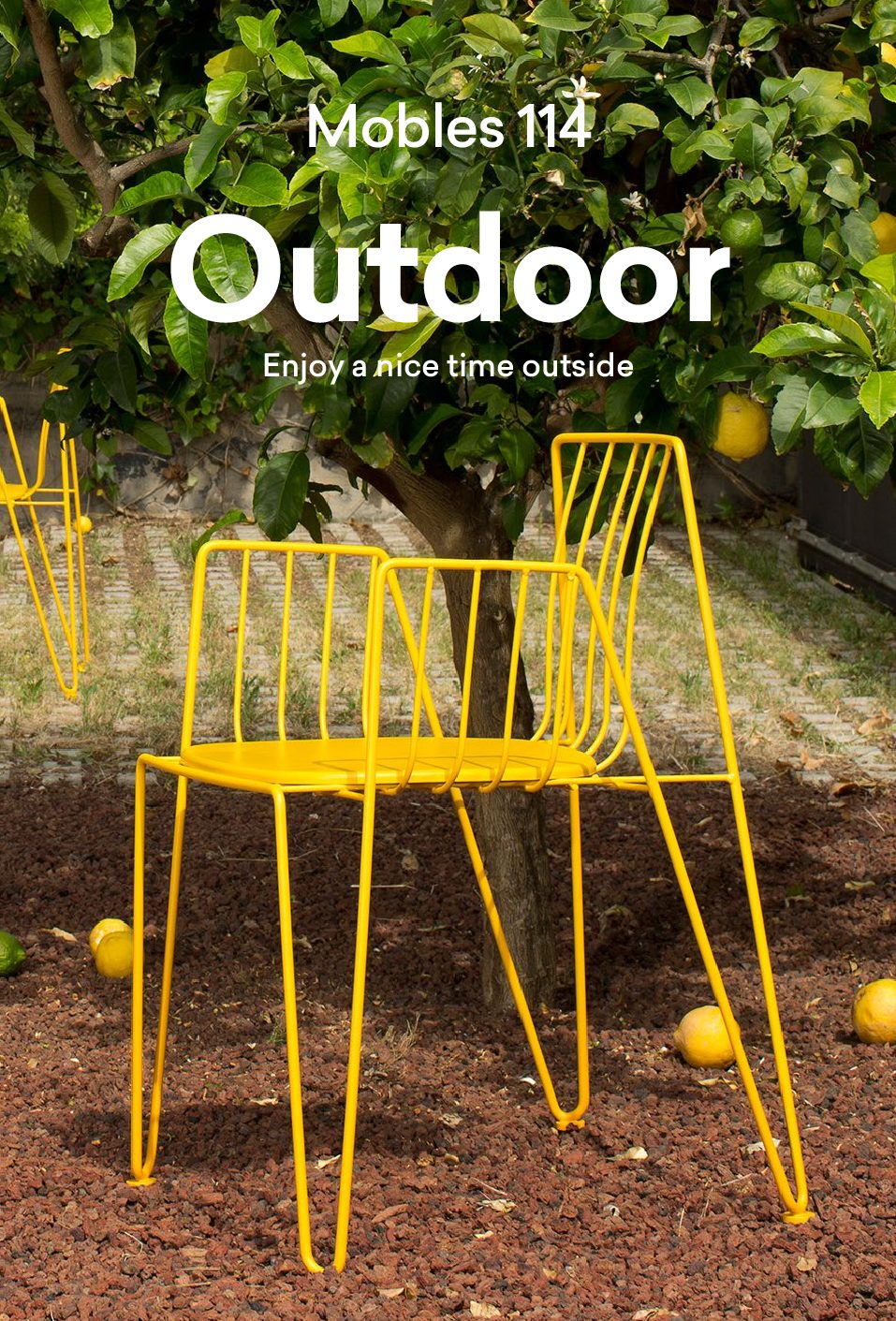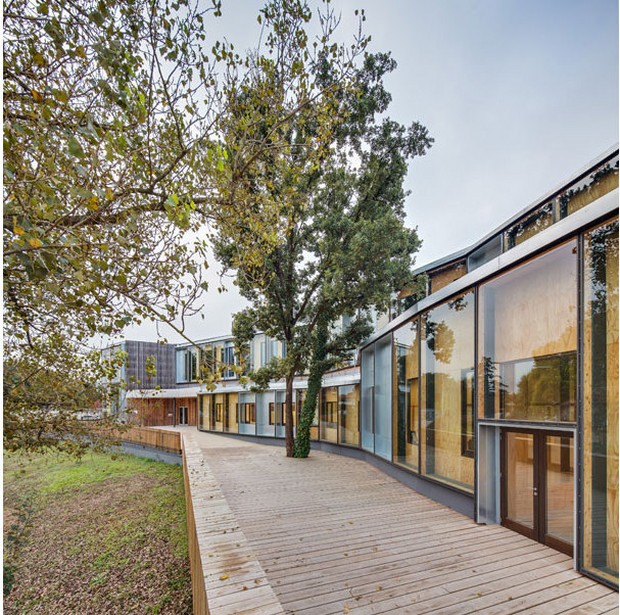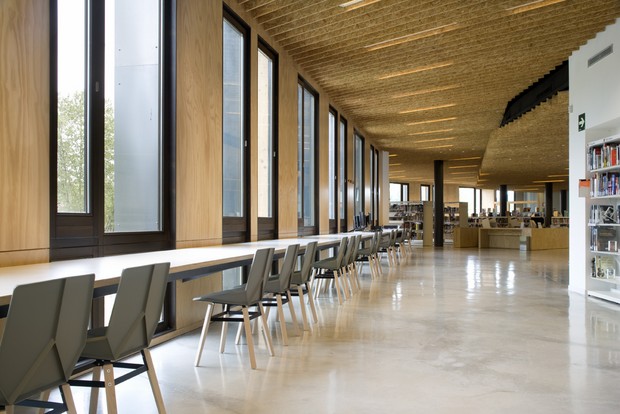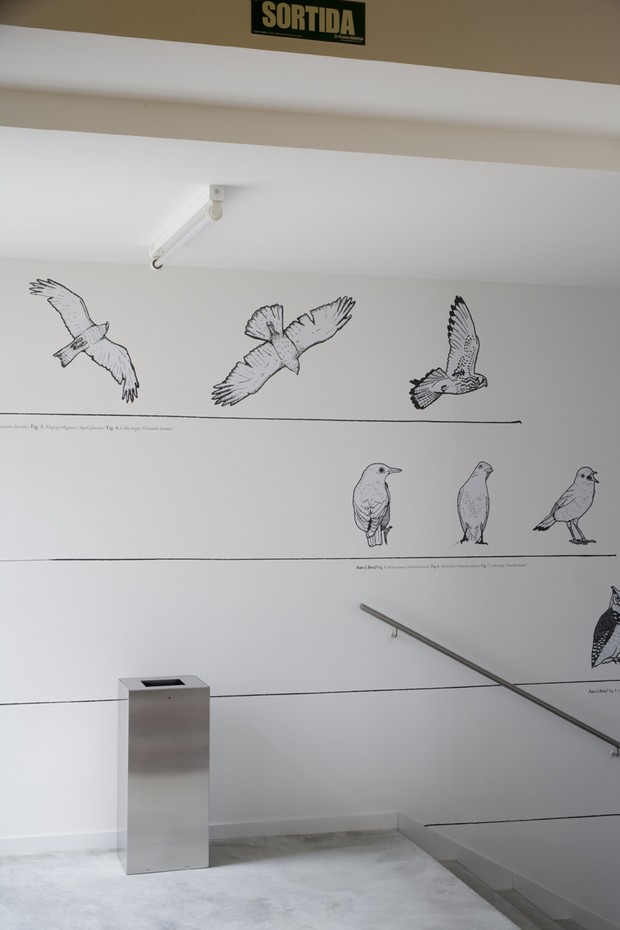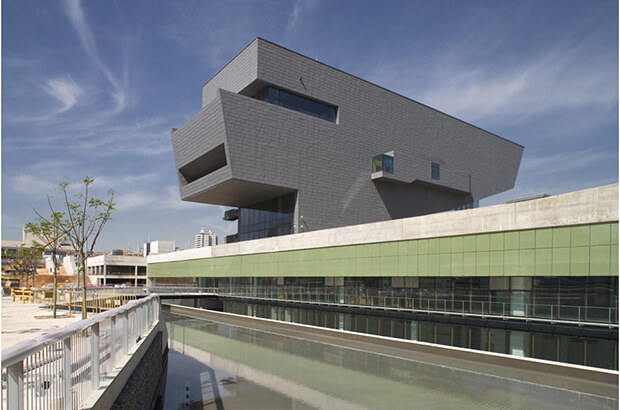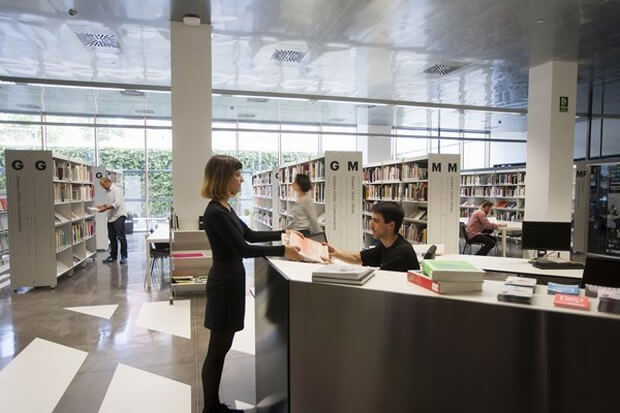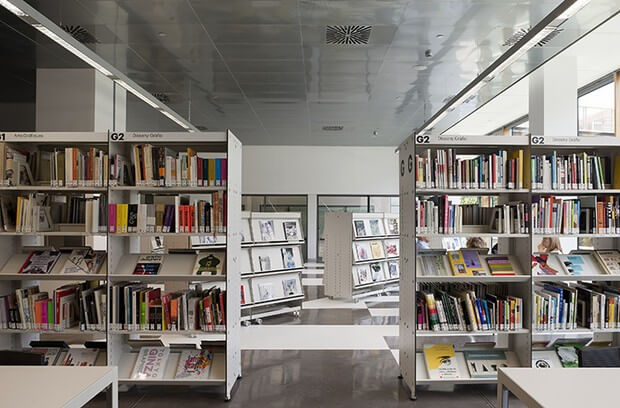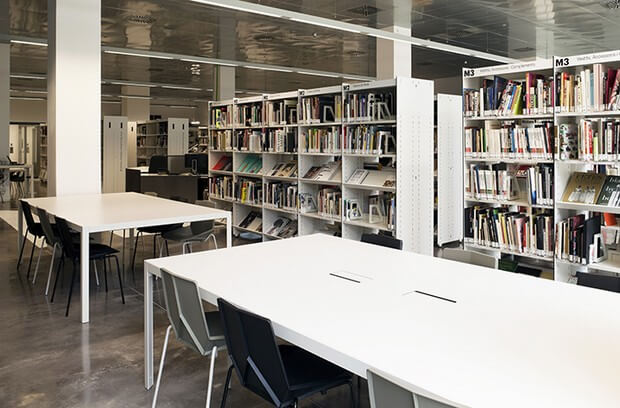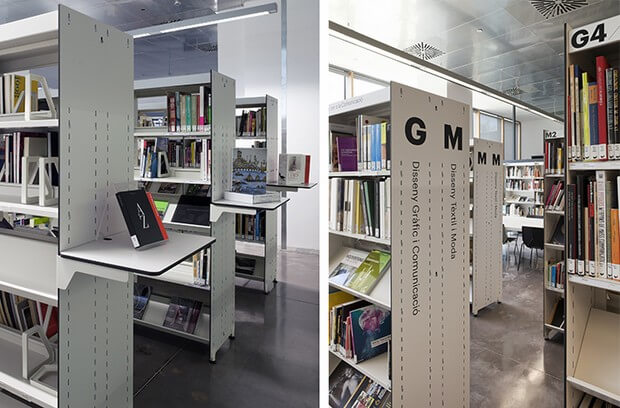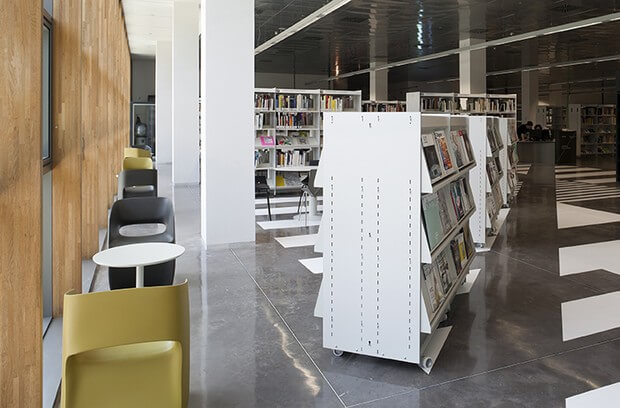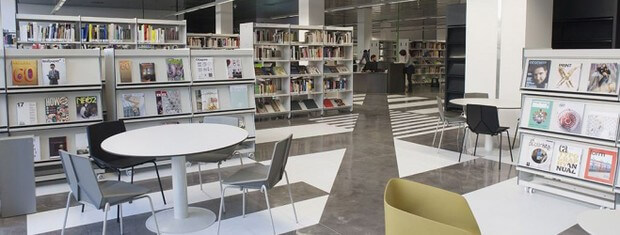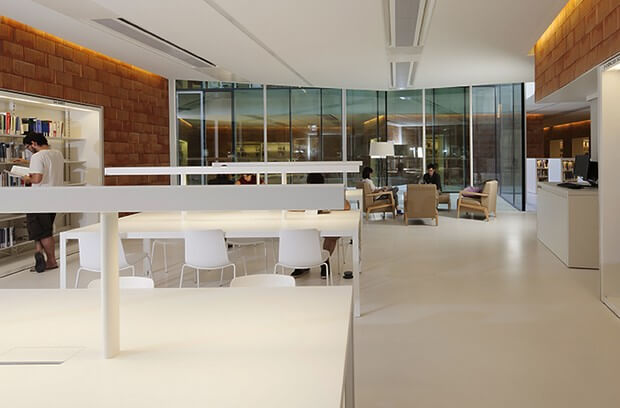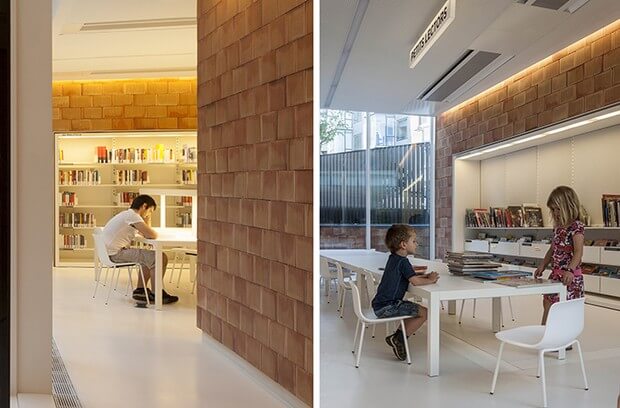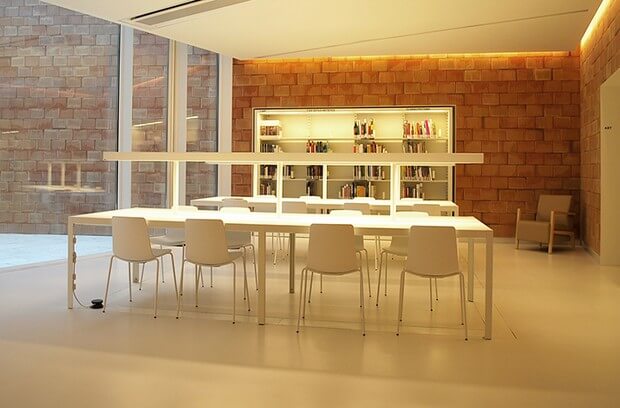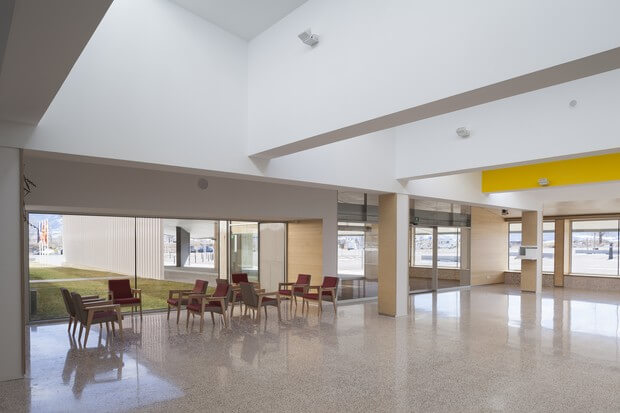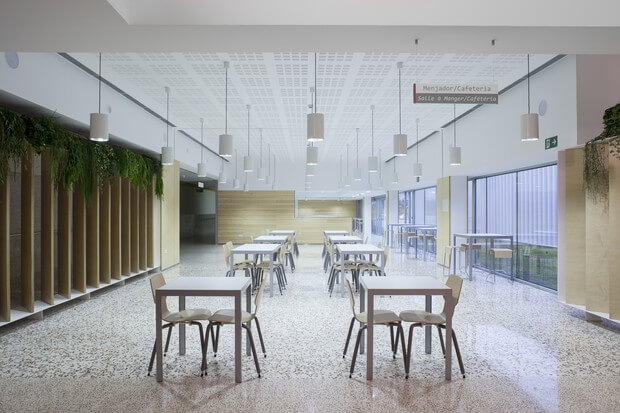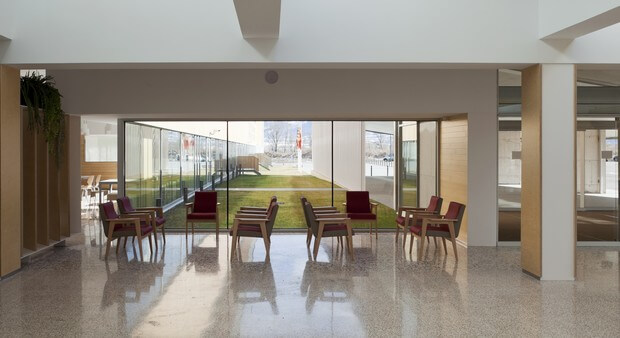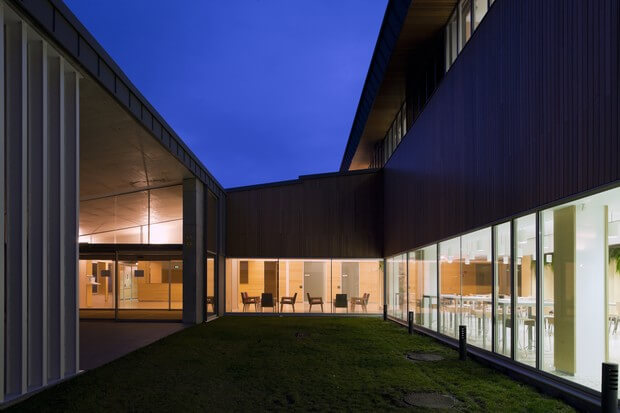En jouant avec l’immobilité statique d’un totem, le mouvement oscillant d’un culbuto et la percussion d’un mortier, Martín Azúa a conçu cet objet ‘stabile/mobile’ (mot emprunté à l’œuvre d’Alexander Calder): Tótem.
Après avoir travaillé pendant de nombreuses années avec Azúa, Mobles 114 savait que ce designer d’origine basque était la personne idéale pour concevoir cette pièce. Cet auteur renommé a l’étonnante capacité de transformer les matériaux qu’il utilise en objets uniques à travers lesquels les formes et la nature pénètrent les espaces qui les contiennent.
Tótem a été commandé dans le but d’être présenté sur l’une des étagères Tria exposées au Salone del Mobile 2019 à Milan. Il s’agit d’une édition limitée, réalisée en noyer américain.

Ce n’est pas la première fois qu’Azúa crée une pièce de ce style. Tout au long de sa carrière, le designer a fait évoluer ce même concept en créant plusieurs versions de mortiers et totems.
Il serait d’ailleurs intéressant d’enquêter davantage sur la passion de l’auteur pour ce type de sculptures, et de comprendre ce retour continu à la création de cette catégorie d’objets.

Durant le processus de création de Totem, Azúa a conçu une collection composée de trois modèles différents qui ont à la fois une fonction décorative et fonctionnelle : ils servent de mortiers pour broyer les plantes, légumes ou graines, entre autres.

Ce n’est pas la première fois qu’Azúa crée une pièce de ce style. Tout au long de sa carrière, le designer a fait évoluer ce même concept en créant plusieurs versions de mortiers et totems.
Il serait d’ailleurs intéressant d’enquêter davantage sur la passion de l’auteur pour ce type de sculptures, et de comprendre ce retour continu à la création de cette catégorie d’objets.
Durant le processus de création de Totem, Azúa a conçu une collection composée de trois modèles différents qui ont à la fois une fonction décorative et fonctionnelle : ils servent de mortiers pour broyer les plantes, légumes ou graines, entre autres.

Les œuvres du designer basque couvrent plusieurs catégories : ses créations ont été dessinées à partir de meubles, d’éclairages ou d’objets qui ont un style clairement identifiable. Une identité qui lui est propre, qui se projette à la fois dans ses produits les plus fonctionnels mais aussi des objets plus abstraits, pleins de poésie, et non sans un sens de l’humour raffiné.

Depuis 2007, son projet « Basic House » fait partie de la collection permanente du MOMA à New York. De plus, il expose certaines de ses œuvres au sein de la collection du Musée du Design de Barcelone et dans différentes expositions publiques et privées.

Martín Azúa a été reconnu pour son travail en remportant le « Premio Ciudad de Barcelona 2000 » (Prix de la Ville de Barcelone) le Prix Delta de Plata 2007, le Prix FAD Architecture/Ephimeros 2008, le Prix Design Plus 2009, le Prix Interiorismo Plus 2009, le Prix AD Best Designer of the Year 2010, le Prix Delta de Plata 2011 / ou encore le Prix du meilleur parcours national du magazine Interiores 2015.
